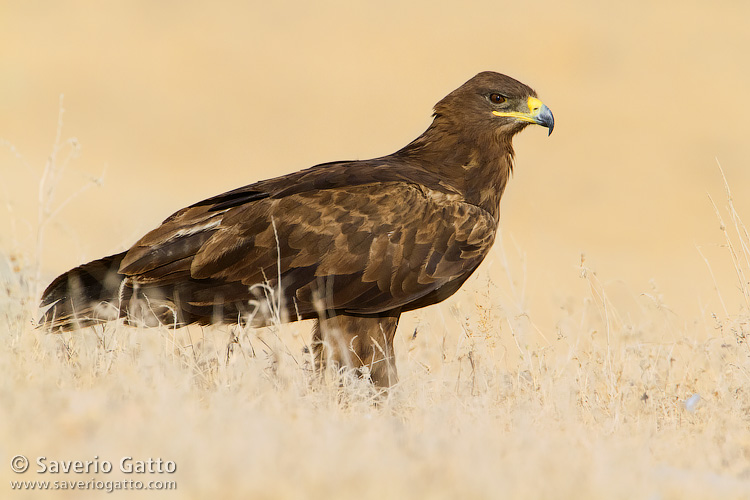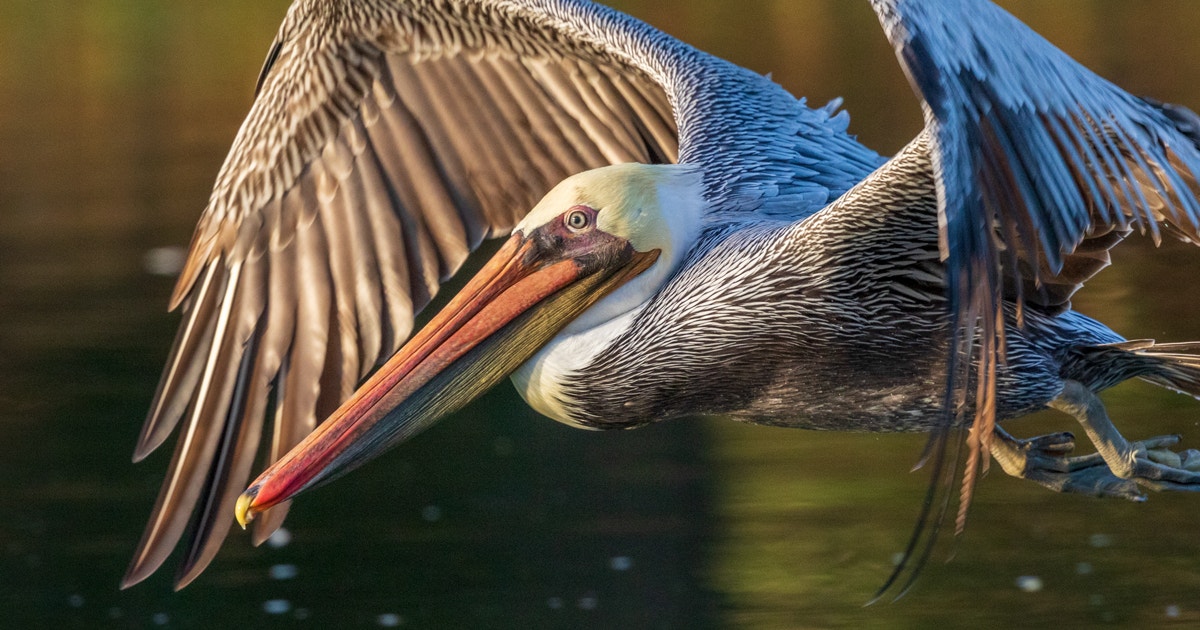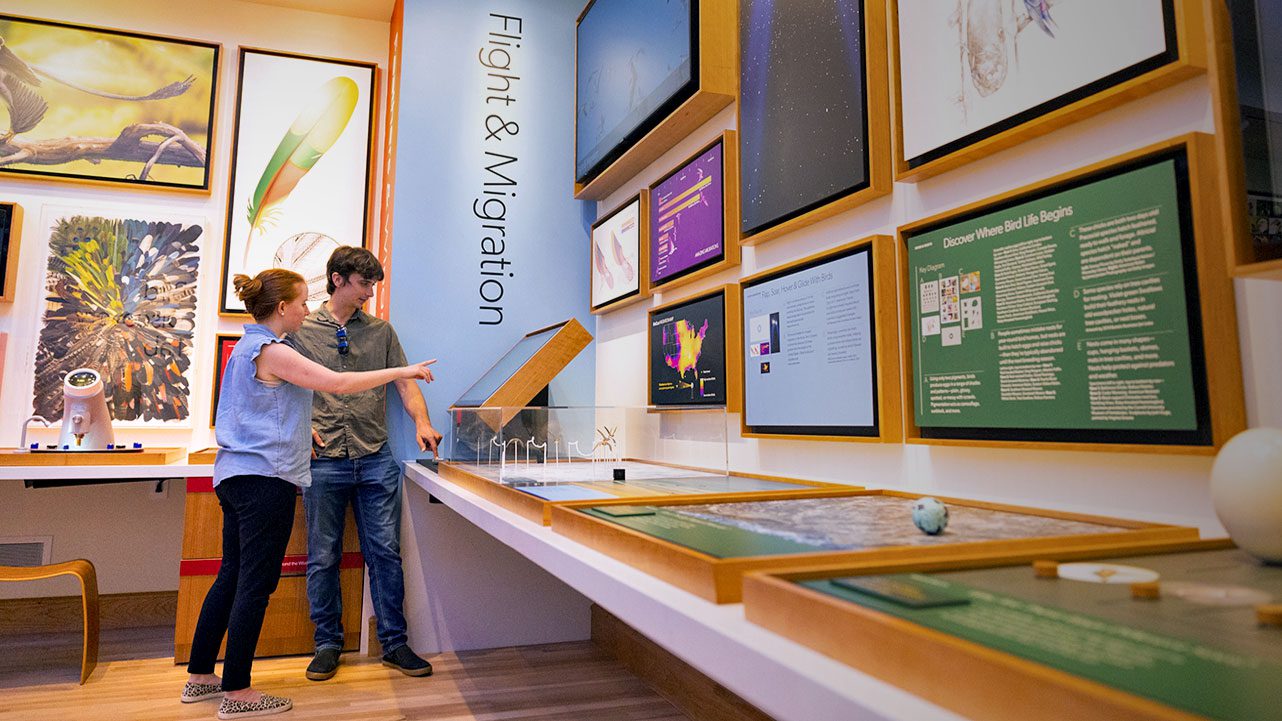2024 marks a new era for bird conservation in Central Asia. Under the leadership of the Government of India and with strong support from BirdLife International, governments have committed to establish an Initiative for the Central Asian Flyway under the UN Convention on Migratory Species (CMS COP14).
This historic Initiative will bring together governments, BirdLife Partners and other stakeholders to secure the passage of migratory birds in 30 countries from Siberia all the way to the Maldives.
“The Initiative for Central Asian Flyway, adopted unanimously by CMS COP 14, will bring a paradigm shift in the conservation of migratory birds. It will act as a platform for capacity building, knowledge sharing, research and coordination among all range countries and will pave the way to conserve the populations of the 600+ species of migratory birds that use this flyway. The Government of India is proud to host the Secretariat of the initiative and coordinate its further development.” Raghu Prasad, Inspector General of Forests, Ministry of Environment, Forests and Climate Change, Government of India
Inclusive collaborations such as these are vitally important for the billions of birds around the world that make exhausting yet enthralling journeys in search of resources such as food and suitable breeding grounds. Each of these routes host several hundred bird species and are known as flyways.
Steppe Eagle, copyright Saverio Gatto, from the surfbirds galleries
Although the shortest of the global flyways, the Central Asian Flyway is filled with magnificent landscapes such as the mighty Himalaya, freezing tundra, vast deserts of Arabia and the open waters of the Indian Ocean.
Unfortunately, populations of over 240 species of migratory birds are in decline in the Central Asian Flyway, with 48 species listed as globally Threatened or Near Threatened. Several migratory birds in this flyway are also culturally important to the communities that have co-existed with them for hundreds of years—the White Stork in Uzbekistan, the Black-Necked Crane in Bhutan and the Steppe Eagle in Kazakhstan.
“In Kazakhstan we protect threatened migratory birds like Steppe Eagle and Sociable Lapwing. But keeping their breeding grounds safe is not enough. To survive the birds must also be protected on their annual travels to other countries. The new initiative will stimulate countries to work together and ensure safe passage throughout the Central Asian Flyway.” Vera Verona, CEO, ACBK (BirdLife in Kazakhstan)
The BirdLife Partnership tackles key threats to migratory birds, ranging from severe habitat loss, illegal killing and overexploitation, as well as rapid development of energy infrastructure that results in collisions and electrocutions by working across borders, with local communities and the private sector.
Working through partnerships such as the Initiative for the Central Asian Flyway the BirdLife Partnership is ensuring that as we progress towards a more sustainable future, nature continues to thrive.
“We need governments to show continued leadership for nature. Spearheaded by India, the 30 countries of the Central Asian Flyway have done exactly that at CMS COP14 by agreeing to collaborate inclusively across this critical flyway for birds and people. The BirdLife Partnership is working across the region to deliver action on the ground with local communities for threatened species and their habitats.” Martin Harper, CEO, BirdLife International




